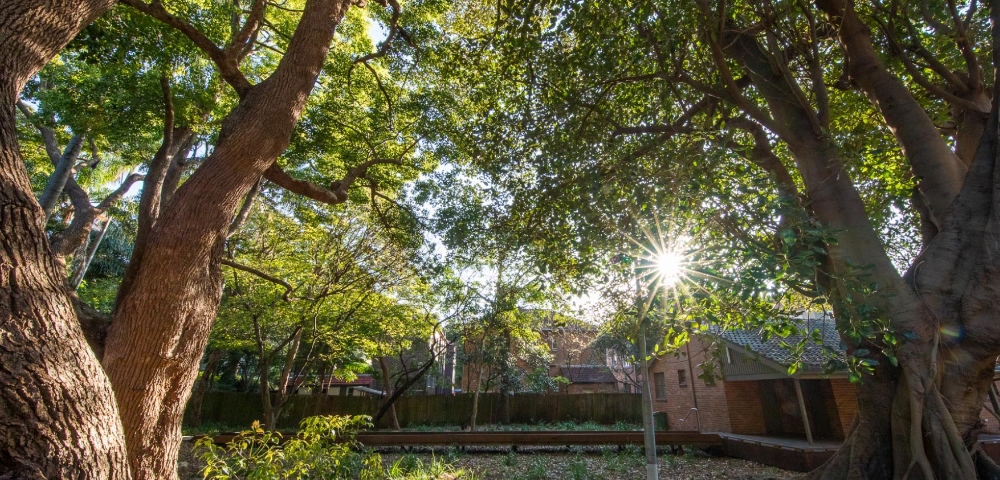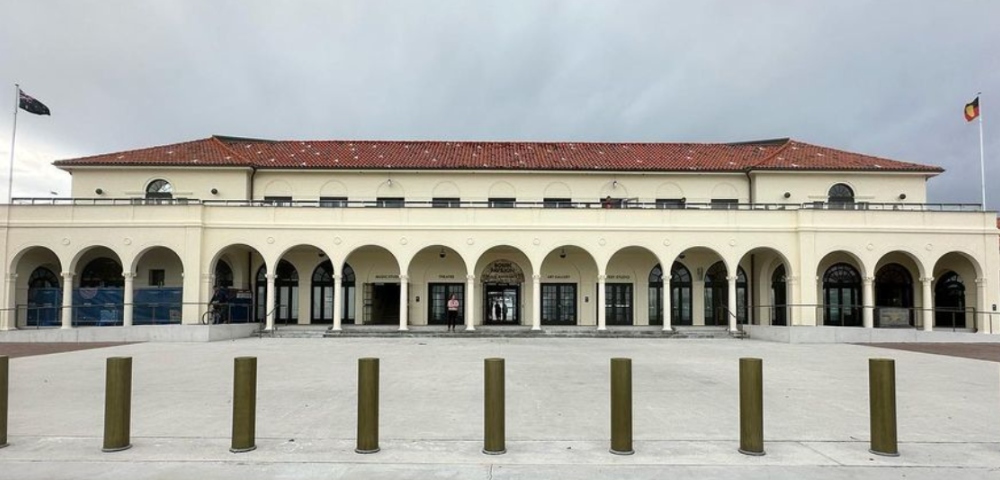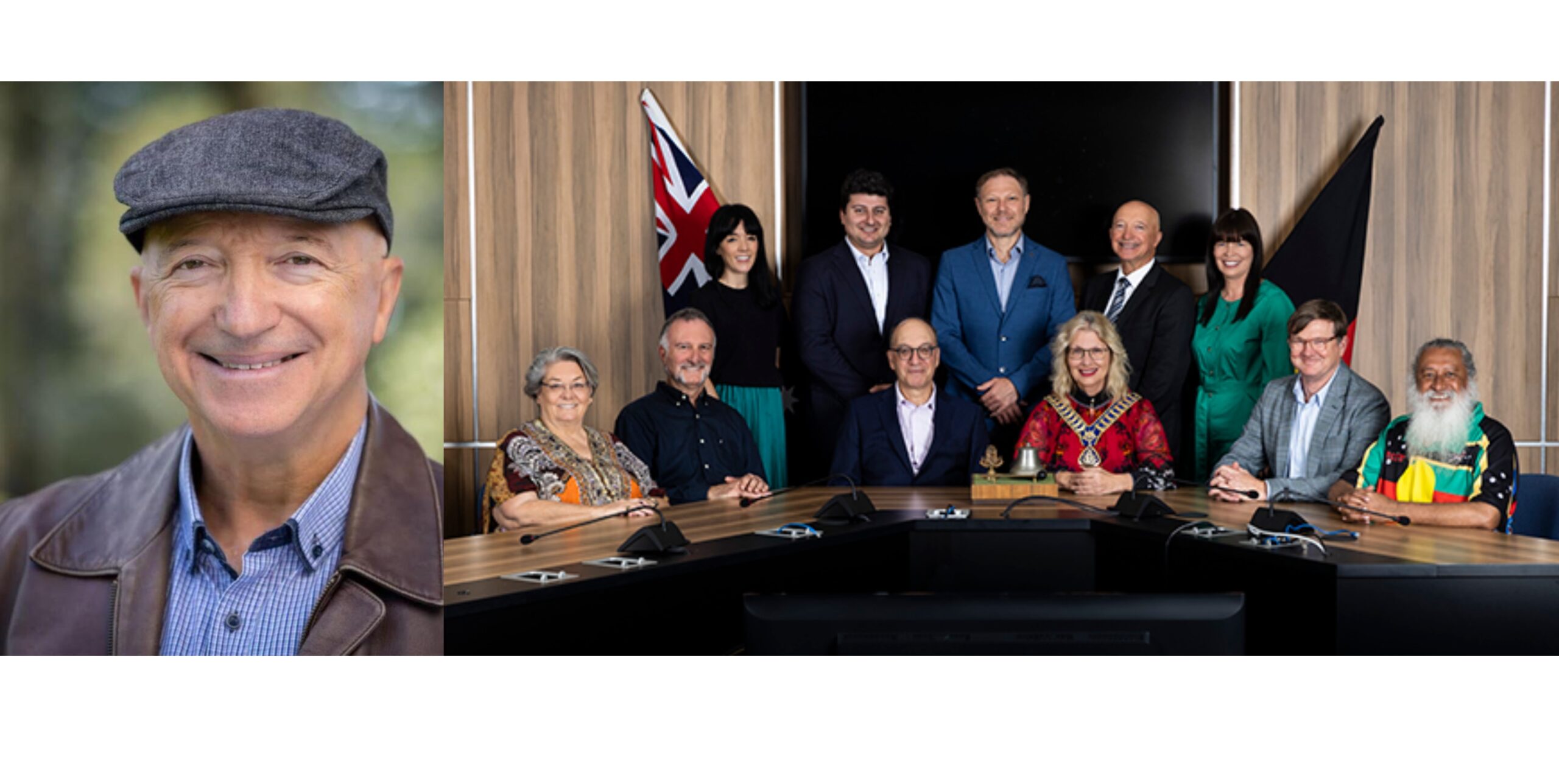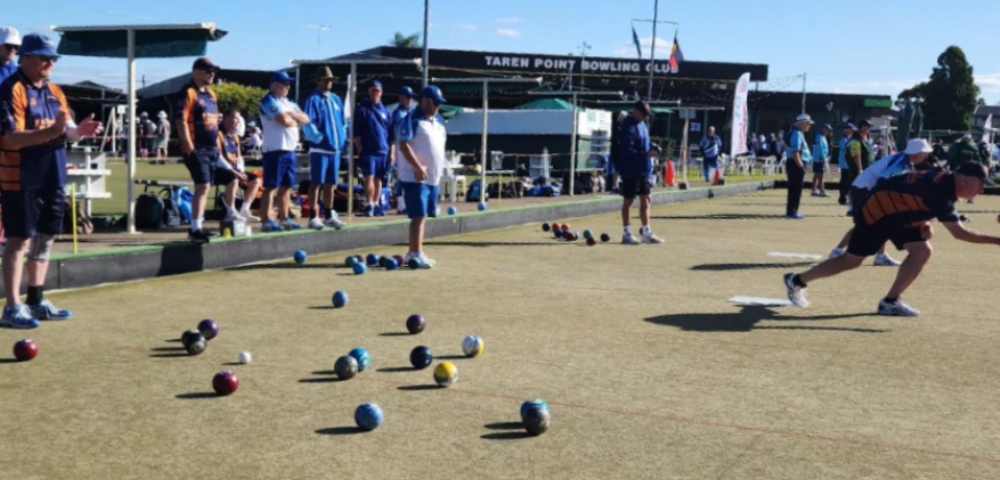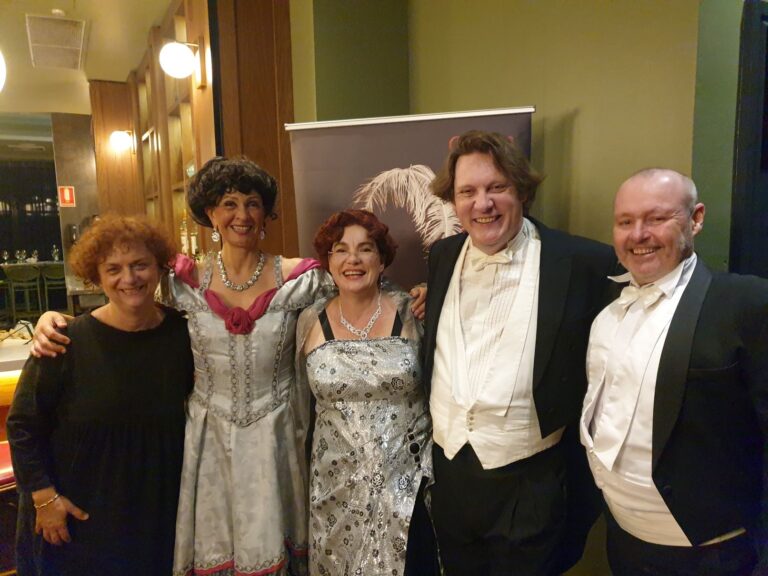
Strickland Estate master plan calls for historic site to open for public use

Image: Strickland House. Photo: Wikimedia commons.
By JOHN MOYLE
Putting a draft master plan on public display over Christmas is a strategy often used by developers to avoid public scrutiny.
However, that is just what the venerated National Parks and Wildlife Service (NPWS) did last year when it lodged the Strickland Estate Nielsen Park Draft Master Plan on Thursday December 22, 2022.
“It was only open for a very narrow window between Christmas and January and it needs to be reopened for three months and they need to review the preparation of the draft master plan,” Peter King, barrister and former Australian Heritage Commission member said.
20-year-long master plan for Strickland House

The 20 year vision by NPWS concerns the buildings and grounds of Strickland House and adjacent Nielsen Park, situated in Vaucluse.
The draft plan calls for adaptive reuse and new projects such as hotel style rentals for buildings and a new jetty at Milk Beach and a new wharf at Nielsen Park.
“The master plan represents a 20 year vision and approach for visitor use and park management, setting out guiding principles and concepts that support this, including a number of permissible uses across the precincts,” a NPWS spokesperson said.
Strickland House is an 1850s colonnaded marine mansion built by WC Wentworth and has undergone varied uses and was last active as an aged care facility until 1989.
It is set on 4.8 hectares of harbour foreshore land and when added to Nielsen Park totals over 14 hectares of harbourside parkland.
In 1999 Strickland House was added to the NSW State Heritage Register, and since that time has experienced little public access with the exception of infrequent open days and weddings.
The Woollahra Council have not made a request for an extension to the viewing process but have made a submission to then draft master plan process.
The NPWS draft master plan is certainly not lacking in ambition, calling for the adaptive reuse of many of the grounds outlier buildings, including using the women’s ward, nurse’s quarters and caretaker’s cottage for short term rentals, while the men’s ward will become a dormitory for 50 people
With no cost benefit analysis, this is where the NPWS draft master plan begins to fall apart.
Many of these buildings date from the 20s and 30s and all need to be checked for asbestos, fire rated and fitted for 21st century conditions.
“They haven’t got the money, they don’t have a budget and they haven’t done a cost benefit analysis, the whole thing seems like a thought bubble,” Andrew Woodhouse, historian, said.
“There is the potential for anti-social activity but nothing to indicate that they have any capability of enforcing any rules.”
“They just want to contract out the services and facilities to improve their bottom line, while there is no conservation plan or heritage assessments done,” King said.
Then there is the issues of parking and traffic flow in an already crowded area, with any changes likely to affect access to popular Nielsen Park and its beach.
“My concerns is that the draft master plan contemplates them taking away public car spaces in Greycliffe Avenue and turning it into a bus exchange, with the idea of putting those spaces into the Strickland Estate,” King said.
In a statement to City Hub, a NPWS spokesperson said “The project identifies an increase of parking on site at the entry to Steele Point Road.”
First Nations significance





